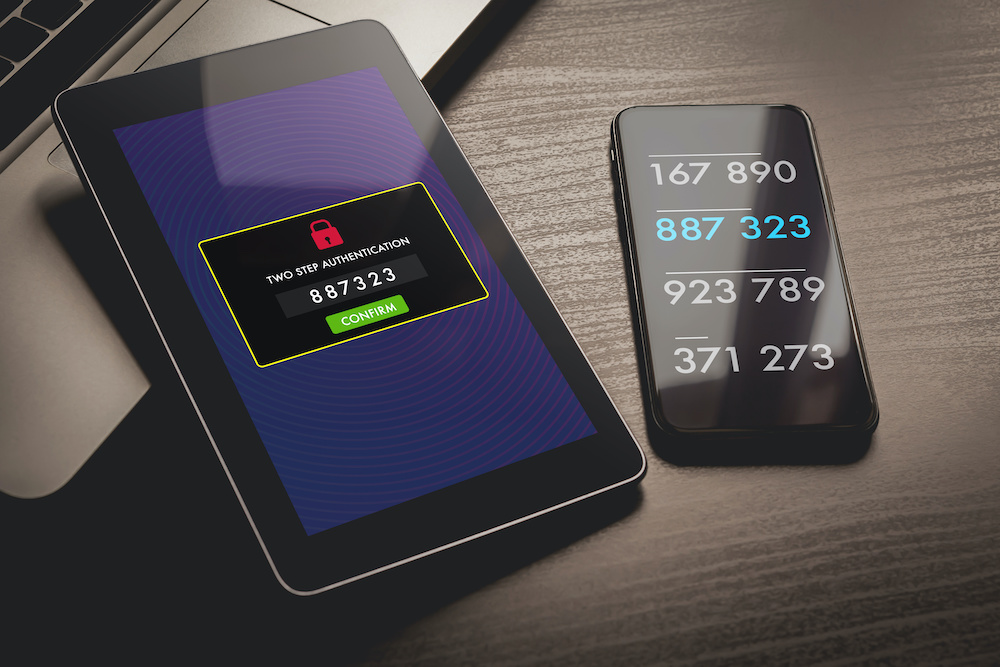If you have social media or Gmail, you have probably been asked to turn on multi-factor authentication at one point or another.
More than 80 percent of all hacking-related breaches leverage weak, default or stolen passwords. So, the use of multi-factor authentication is extremely important, especially in today’s remote environment. Let’s take a look at what multi-factor authentication is and how it works.

What is Multi-Factor Authentication (MFA)?
Multi-factor authentication, sometimes called Two-factor authentication, is an authentication method that requires you to provide two, or sometimes even more than two, identity verifications to gain access to an account or VPN. The purpose behind multi-factor authentication is to improve security and prevent hackers from easily accessing accounts with one password. MFA can be installed to protect a number of online things such as applications, websites, firewalls and email accounts.
How Does Multi-Factor Authentication Work?
Multi-factor authentication works through a user’s credentials coming from at least two different sources or categories. The three different categories that multi-factor authentication fall into are:
- Something you know, such as a user name, passwords or pins.
- Something you have, such as fingerprints, facial ID, or voice recognition.
- Something you possess, such as a smartphone, a security token or a wireless RFID card.
Multi-factor authentication is a critical protocol in cybersecurity today. Setting up multi-factor authentication shouldn’t be a burden on your employees. If you need help getting started, we would love to hear from you! Reach out to us here.

